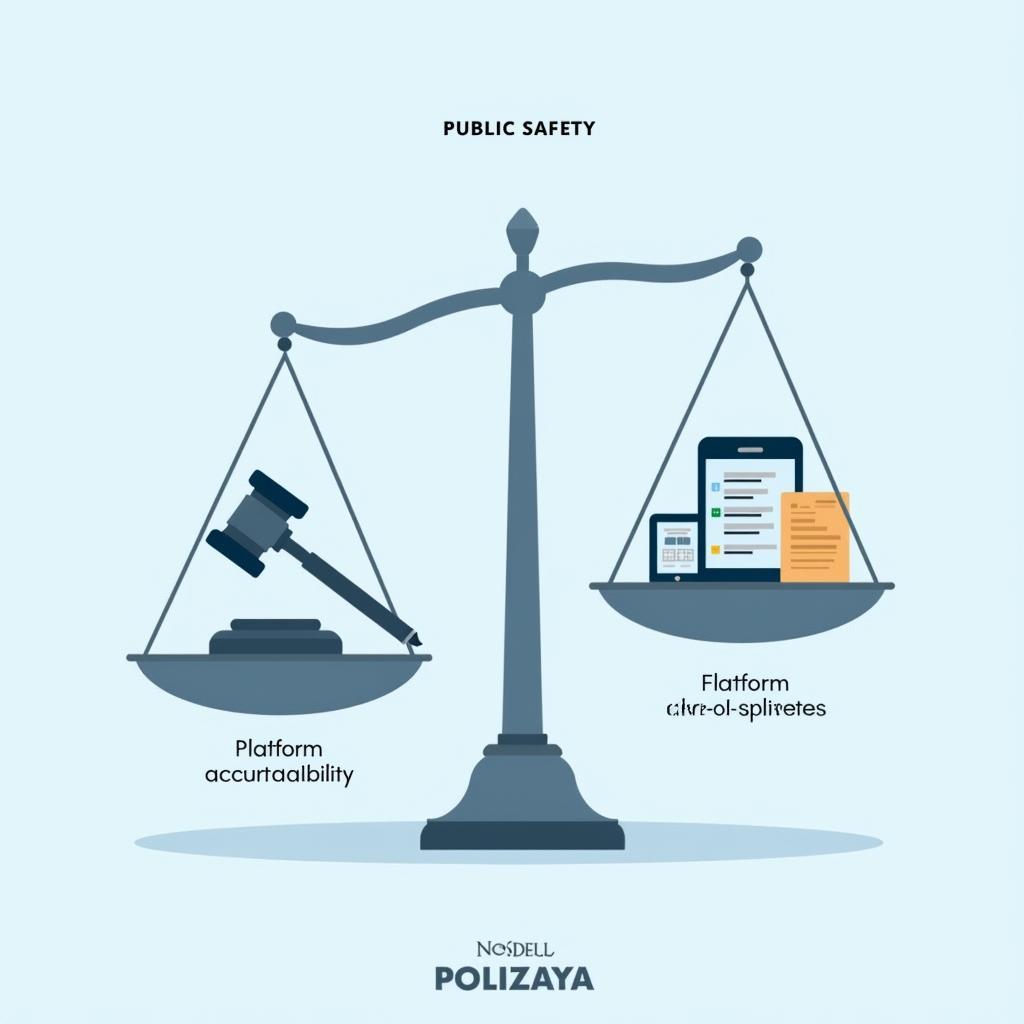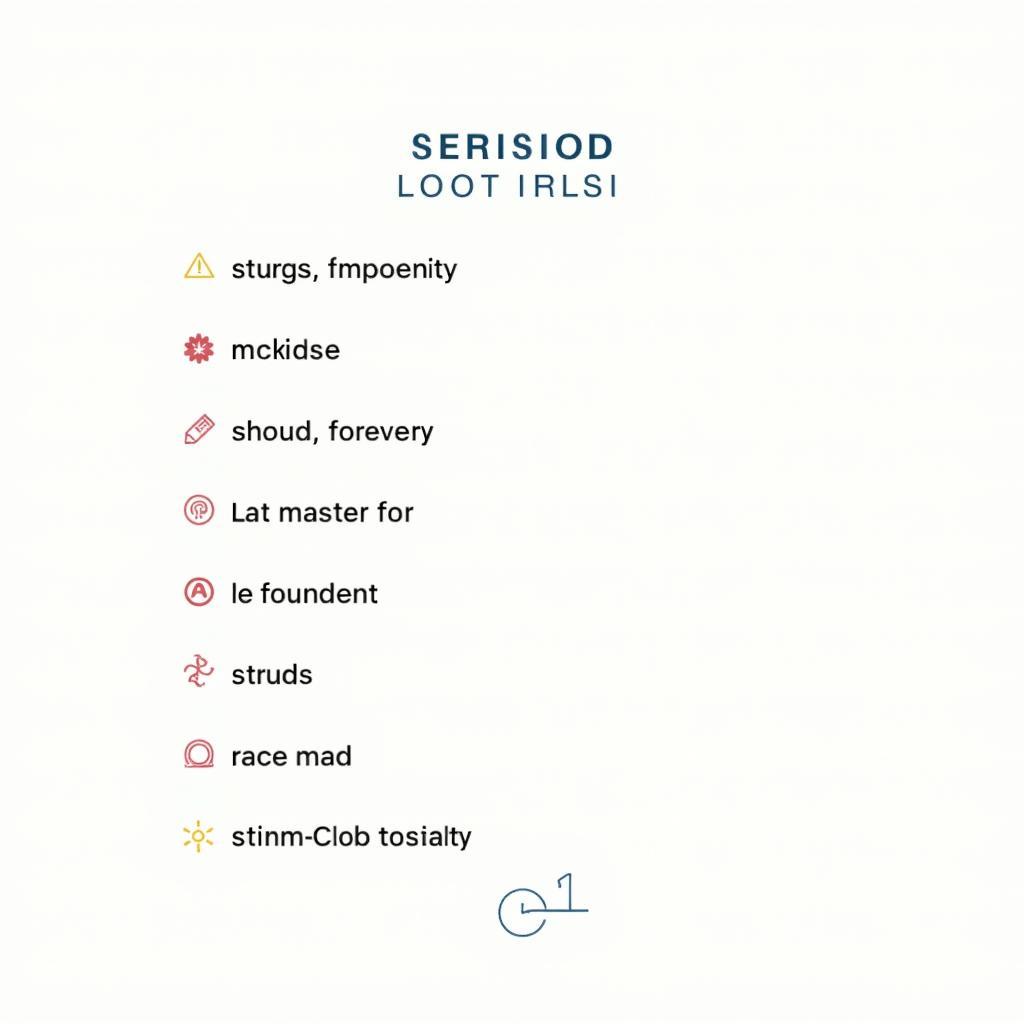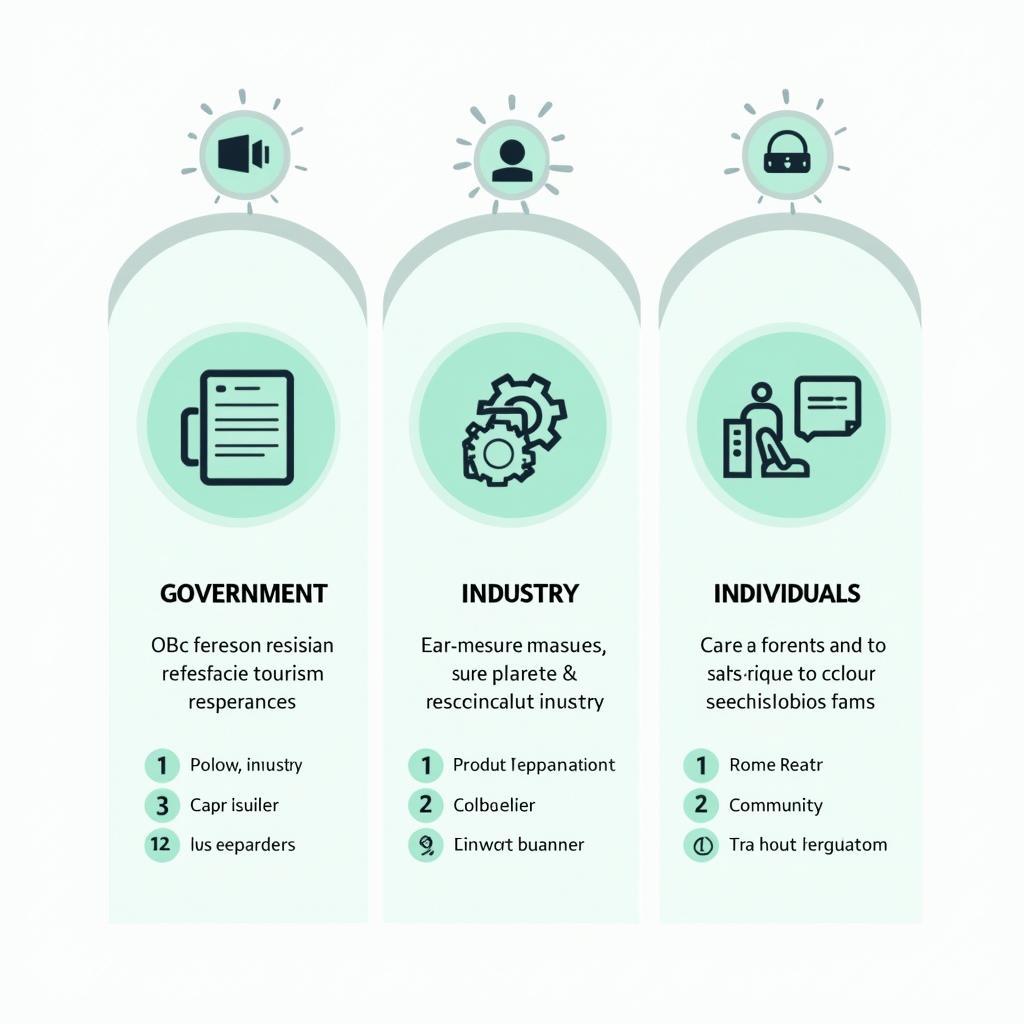Mở bài
Chủ đề Criminalize Fake News: Agree Or Disagree? đang trở thành “điểm nóng” trong IELTS Writing Task 2 vì gắn với thời sự: mạng xã hội, tin giả, tự do ngôn luận và vai trò của pháp luật. Trong phần viết hôm nay, bạn sẽ học cách xử lý dạng Agree/Disagree theo chuẩn chấm điểm band 7-8: phân tích đề, cấu trúc lập luận, từ vựng học thuật và cách tránh “bẫy” lập luận. Bài viết gồm 3 bài mẫu (Band 8-9, 6.5-7, 5-6) kèm phân tích chi tiết từng tiêu chí, bảng từ vựng trọng tâm, 6 cấu trúc câu “ăn điểm” và checklist tự đánh giá trước-khi-sau khi viết.
Nội dung bài viết
- Mở bài
- 1. Đề Writing Part 2
- 2. Bài mẫu Band 8-9
- Phân tích Band điểm
- Các yếu tố giúp bài này được chấm điểm cao
- 3. Bài mẫu Band 6.5-7
- Phân tích Band điểm
- So sánh với bài Band 8-9
- 4. Bài mẫu Band 5-6
- Phân tích Band điểm
- Những lỗi sai của bài – phân tích & giải thích
- Cách Cải Thiện Từ Band 6 Lên Band 7
- 5. Từ vựng quan trọng cần nhớ
- 6. Cấu trúc câu dễ ăn điểm cao
- 7. Checklist Tự Đánh Giá
- Kết bài
Một số đề tương tự từng xuất hiện trong các bộ đề luyện chính thức và trên các trang luyện thi uy tín (British Council, IDP, IELTS Liz, IELTS-Blog):
- Governments should introduce laws to limit the spread of false information online. To what extent do you agree or disagree?
- The dissemination of fake news causes serious harm to society. Some people argue it should be a criminal offence. Do you agree or disagree?
- Some believe freedom of expression should not protect those who spread misinformation. To what extent do you agree or disagree?
Bài viết này chọn phân tích sâu đề Criminalize fake news để bạn nắm vững khung lập luận, từ đó có thể áp dụng linh hoạt với các biến thể khác của cùng chủ đề.
1. Đề Writing Part 2
Governments should criminalize the spread of fake news. To what extent do you agree or disagree?
Dịch đề: Chính phủ nên hình sự hóa việc lan truyền tin giả. Bạn đồng ý hay không đồng ý ở mức độ nào?
Phân tích đề bài:
- Dạng câu hỏi: Opinion (Agree/Disagree) – yêu cầu nêu quan điểm rõ ràng và duy trì nhất quán. Bạn có thể hoàn toàn đồng ý/không đồng ý hoặc “partly agree”.
- Thuật ngữ quan trọng:
- Criminalize: biến hành vi thành tội phạm với chế tài hình sự (criminal offence).
- Fake news: thông tin sai lệch; phân biệt “misinformation” (sai do nhầm lẫn) và “disinformation” (sai có chủ ý).
- Harm, intent, due process, chilling effect: ngưỡng gây hại, ý chí chủ quan, thủ tục tố tụng, hiệu ứng “tự kiểm duyệt”.
- Lỗi thường gặp:
- Hiểu “criminalize” là “cấm” chung chung (ban). Cần nhấn mạnh yếu tố “tội phạm” và hệ quả pháp lý.
- Lập luận cảm tính, thiếu tiêu chí (threshold) phân biệt vô ý/hữu ý.
- Viết lan man về “freedom of speech” mà không gắn vào khung pháp lý, thực thi, và biện pháp thay thế.
- Cách tiếp cận chiến lược:
- Chọn lập trường rõ ràng: ủng hộ một phần (criminalize disinformation gây hại nghiêm trọng) + giải pháp phi hình sự cho phần còn lại (giáo dục truyền thông, fact-checking, trách nhiệm nền tảng).
- Dùng “tiêu chuẩn” pháp lý để nâng chất lập luận: narrowly tailored laws, intent, imminent harm, due process, proportionality.
- Kết cấu 2 thân bài: lợi ích của criminalization + rủi ro/giới hạn và giải pháp bổ sung.
 Minh họa lập luận Criminalize fake news agree or disagree trong IELTS Writing Task 2
Minh họa lập luận Criminalize fake news agree or disagree trong IELTS Writing Task 2
2. Bài mẫu Band 8-9
Bài Band 8-9 cần: quan điểm nhất quán, lập luận chặt, ví dụ thuyết phục, thuật ngữ chính xác, chuyển đoạn mượt mà, ngữ pháp đa dạng, dùng collocations bản ngữ.
Bài luận (300 từ):
While the ubiquity of misinformation is alarming, making all fake news a crime would be a blunt instrument that risks doing more harm than good. I partly agree that criminal law has a role, but it should be reserved for narrowly defined cases where disinformation is intentional, demonstrably harmful, and resistant to less intrusive remedies.
On the one hand, certain forms of falsehood can cause imminent harm. Coordinated disinformation about public-health measures, for instance, can suppress vaccine uptake, overwhelm hospitals, and cost lives. In such circumstances, narrowly tailored statutes that target intentional campaigns, require proof of mens rea (criminal intent), and apply rigorous due process are justified. They deter malign actors, enable proportionate sanctions, and signal that weaponising lies to endanger the public crosses a legal red line.
On the other hand, criminalization at large would chill legitimate speech. The boundary between error, satire, unpopular opinion, and calculated deception is frequently contested. Overbroad laws invite selective enforcement, amplify a chilling effect, and push vulnerable voices into silence. Moreover, criminal courts are ill-suited to referee factual disputes in real time; by the time a verdict arrives, the damage—and the outrage—may have moved on.
A more balanced architecture is therefore needed. Criminal law should be a last resort for high-harm, high-intent actors, while the bulk of misinformation is better addressed through platform accountability (transparent algorithms, friction for sharing), independent fact-checking, and robust media literacy. These measures reduce virality without stifling debate and build societal resilience against future waves of manipulation.
In short, I support criminalizing only the sharp tip of the spear: targeted, intentional falsehoods that create clear, foreseeable harm. Beyond that narrow domain, smarter, lighter-touch tools will protect both the public and the marketplace of ideas.
Phân tích Band điểm
| Tiêu chí | Band | Nhận xét |
|---|---|---|
| Task Response (Hoàn thành yêu cầu) | 8.5 | Quan điểm “partly agree” rõ ràng, duy trì xuyên suốt; lập luận có tiêu chí pháp lý (intent, harm, due process) và giải pháp thay thế. Ví dụ y tế cộng đồng cụ thể, kết luận nhất quán. |
| Coherence & Cohesion (Mạch lạc & Liên kết) | 8.0 | Mở–thân 1–thân 2–kết cấu rõ; chuyển ý tự nhiên với “On the one hand/On the other hand/therefore.” Chủ đề câu mạnh, tham chiếu logic. Có sử dụng phép lặp chủ đích (criminalize/chilling effect) để nhấn mạnh. |
| Lexical Resource (Từ vựng) | 8.5 | Thuật ngữ học thuật chính xác: blunt instrument, narrowly tailored statutes, mens rea, due process, chilling effect, platform accountability, media literacy. Collocations tự nhiên và chuẩn. |
| Grammatical Range & Accuracy (Ngữ pháp) | 8.0 | Đa dạng cấu trúc: mệnh đề nhượng bộ, mệnh đề quan hệ, cụm phân từ, mệnh đề điều kiện ngầm. Chính xác cao; dấu câu đúng; độ linh hoạt tốt. |
Các yếu tố giúp bài này được chấm điểm cao
- Xác lập “tiêu chuẩn” pháp lý để tránh tranh luận cảm tính.
- Triển khai lập luận hai vế cân bằng, không cực đoan.
- Ví dụ theo ngữ cảnh dễ thuyết phục (y tế cộng đồng).
- Dùng collocations học thuật phù hợp chủ đề luật–truyền thông.
- Kết luận “định vị” phạm vi hình sự hóa, cho thấy tư duy phân tầng giải pháp.
- Liên kết ý mượt, câu topic sentence định hướng rõ đoạn.
- Tránh khái quát hóa; nhấn mạnh proportionality và last resort.
3. Bài mẫu Band 6.5-7
Bài Band 6.5-7: quan điểm rõ, phát triển ý hợp lý, từ vựng tương đối đa dạng nhưng chưa thật tinh tế; ngữ pháp có lỗi nhỏ, liên kết đôi lúc lặp.
Bài luận (265 từ):
Many people want governments to criminalize fake news because they see how quickly false stories spread online. I agree that the law should step in in some cases, but I do not think every piece of misinformation deserves criminal punishment.
First, there are situations where lies clearly put people at risk. For example, if organized groups deliberately share false medical advice during a pandemic, this can reduce vaccination and lead to unnecessary deaths. In cases like this, it is reasonable to apply criminal law, especially when there is clear evidence of intention to mislead and serious harm. Such punishment would deter others and show society that dangerous manipulation is unacceptable.
However, most misinformation does not reach that level. People make honest mistakes, misunderstand complex topics, or share opinions that others disagree with. If the law is too broad, it may create a chilling effect where citizens are afraid to speak. It is also very difficult for courts to decide quickly what is true or false on the Internet. Instead of relying on heavy penalties, we should improve platform responsibility, work with independent fact-checkers, and teach media literacy in schools so users can recognize false claims.
In conclusion, I support criminal penalties for intentional and harmful disinformation, but I believe most problems should be solved with lighter tools. This balanced approach protects both public safety and freedom of expression.
Phân tích Band điểm
| Tiêu chí | Band | Nhận xét |
|---|---|---|
| Task Response (Hoàn thành yêu cầu) | 7.0 | Quan điểm rõ, có tiêu chí (intention, harm). Ví dụ phù hợp. Kết luận bám sát lập trường. Chưa đào sâu cơ chế pháp lý (due process, narrowly tailored). |
| Coherence & Cohesion (Mạch lạc & Liên kết) | 7.0 | Bố cục hợp lý, chuyển ý rõ. Một số từ nối lặp lại; mạch luận còn an toàn, chưa có tầng ý phức. |
| Lexical Resource (Từ vựng) | 6.5 | Dùng được “chilling effect, platform responsibility, media literacy” nhưng còn nhiều từ chung chung (good, bad, heavy). Collocations chưa đa dạng. |
| Grammatical Range & Accuracy (Ngữ pháp) | 7.0 | Câu phức vừa phải; lỗi nhỏ về mạo từ/giới từ hầu như không đáng kể. Có thể tăng sự linh hoạt (inversion, cleft). |
So sánh với bài Band 8-9
- Chiều sâu lập luận: Bài 8-9 dùng khung pháp lý rõ (mens rea, due process), bài 7 mô tả chung.
- Từ vựng: Bài 8-9 có collocations và thuật ngữ chính xác, bài 7 dùng từ chung an toàn.
- Cấu trúc câu: Bài 8-9 đa dạng (câu nhượng bộ, phân từ, đảo ngữ gián tiếp), bài 7 chủ yếu câu đơn/ghép.
- Tính tinh tế: Bài 8-9 xác định “narrowly tailored” và “last resort”, bài 7 chỉ nói “lighter tools” mà chưa tiêu chuẩn hóa.
4. Bài mẫu Band 5-6
Bài Band 5-6: ý có liên quan nhưng phát triển hạn chế; nhiều lỗi mạo từ, chia động từ, từ vựng chưa chính xác; liên kết cơ học.
Bài luận (260 từ):
Many people think fake news is very dangerous, so government should make it a crime. I understand this view, but I believe criminalizing every false information is not make sense and can create new problems.
Firstly, fake news surely can harm people. For example, when someone post wrong health advice, some readers may follow and get sick. In these cases, punishment is needed. However, if we use criminal law for all kind of mistakes, it will be unfair. Some people share wrong things by accident, or they just have different opinions. If they worry about punishment, they may keep silent their ideas, which is bad for society discussion.
Secondly, it is difficult to judge what is fake quickly. Online information change very fast, and courts are slow. If we wait for a trial, the damage is already happened. Instead of only using heavy law, we should have other solutions, like platform should check content better, and schools teach students to check sources. Fact-check groups also can help to correct false news more fast.
In conclusion, I think criminal law should focus on serious and intentional cases, but not everything. A mix of education, platform responsibility and some light punish like fines will work better to reduce fake news.
Phân tích Band điểm
| Tiêu chí | Band | Nhận xét |
|---|---|---|
| Task Response (Hoàn thành yêu cầu) | 6.0 | Nêu quan điểm và lý do cơ bản nhưng phát triển chưa sâu; thiếu tiêu chí rõ ràng, ví dụ còn đơn giản. |
| Coherence & Cohesion (Mạch lạc & Liên kết) | 5.5 | Bố cục đủ 4 đoạn nhưng liên kết lỏng, từ nối đơn điệu; lặp ý. |
| Lexical Resource (Từ vựng) | 5.5 | Từ vựng hạn chế, dùng sai/không tự nhiên (light punish); ít collocations học thuật. |
| Grammatical Range & Accuracy (Ngữ pháp) | 5.5 | Nhiều lỗi: mạo từ, số ít/số nhiều, collocation, cấu trúc động từ. Câu đơn chiếm đa số. |
Những lỗi sai của bài – phân tích & giải thích
| Lỗi sai | Loại lỗi | Sửa lại | Giải thích |
|---|---|---|---|
| not make sense | Chia động từ | does not make sense | Chủ ngữ số ít (it) → động từ số ít. |
| all kind of mistakes | Số nhiều | all kinds of mistakes | Kind đếm được → thêm s/es khi số nhiều. |
| keep silent their ideas | Collocation/Trật tự | keep their ideas to themselves / remain silent | Collocation tự nhiên; trật tự từ. |
| when someone post | Chia động từ | when someone posts | Ngôi 3 số ít thêm -s. |
| the damage is already happened | Thì/Thể bị động | the damage has already happened | Hiện tại hoàn thành mô tả kết quả; bỏ bị động sai. |
| platform should check content better | Mạo từ/Số nhiều | platforms should check content more carefully | Platforms số nhiều, collocation “more carefully”. |
| false news more fast | Trạng từ | false news more quickly | Trạng từ của fast → quickly (trong văn học thuật). |
| light punish | Từ loại | light punishment / lighter penalties | Punish là động từ; cần danh từ punishment. |
| government should | Mạo từ | the government should | Danh từ xác định → cần the. |
| every false information | Danh từ không đếm được | all false information / every piece of false information | Information không đếm được; hoặc dùng piece of. |
Cách Cải Thiện Từ Band 6 Lên Band 7
- Xác lập tiêu chí rõ: chỉ hình sự hóa khi có intent + serious, foreseeable harm + thất bại của biện pháp nhẹ hơn.
- Nâng từ vựng học thuật: due process, proportionate penalties, narrowly tailored, platform accountability.
- Đa dạng cấu trúc: câu nhượng bộ (While/Although), mệnh đề quan hệ không xác định, cụm phân từ.
- Tăng chất ví dụ: y tế công cộng, gian lận bầu cử giả định, lừa đảo tài chính trực tuyến.
- Sửa triệt để lỗi mạo từ/the, chia động từ ngôi 3, số ít/số nhiều, giới từ.
5. Từ vựng quan trọng cần nhớ
| Từ/Cụm từ | Loại từ | Phiên âm | Nghĩa tiếng Việt | Ví dụ (EN) | Collocations |
|---|---|---|---|---|---|
| criminalize | v | /ˈkrɪmɪnəlaɪz/ | hình sự hóa | Some argue we should not criminalize mere errors. | criminalize conduct; criminalize speech |
| misinformation | n | /ˌmɪsɪnfɔːˈmeɪʃn/ | thông tin sai (không cố ý) | Misinformation spreads quickly on social media. | spread/correct/ combat misinformation |
| disinformation | n | /ˌdɪsɪnfɔːˈmeɪʃn/ | thông tin sai có chủ ý | Coordinated disinformation undermines trust. | coordinated/intentional disinformation |
| mens rea | n (law) | /ˌmɛnz ˈreɪə/ | ý chí chủ quan (tội phạm) | Proving mens rea is difficult online. | prove/show mens rea |
| due process | n | /ˌdjuː ˈprəʊses/ | thủ tục tố tụng đúng chuẩn | Any restriction must respect due process. | ensure/violate due process |
| chilling effect | n | /ˈtʃɪlɪŋ ɪˈfekt/ | hiệu ứng tự kiểm duyệt | Broad laws create a chilling effect. | create/avoid a chilling effect |
| narrowly tailored | adj | /ˈnærəʊli ˈteɪləd/ | thiết kế hẹp, phù hợp | Laws should be narrowly tailored to harm. | narrowly tailored laws/measures |
| threshold of harm | n | /ˈθreʃhəʊld əv hɑːm/ | ngưỡng gây hại | We need a clear threshold of harm. | set/define a threshold of harm |
| proportionality | n | /prəˌpɔːʃəˈnæləti/ | tính tương xứng | Penalties must meet proportionality. | respect/assess proportionality |
| platform accountability | n | /ˈplætfɔːm əˌkaʊntəˈbɪləti/ | trách nhiệm nền tảng | Platform accountability reduces virality. | demand/enforce platform accountability |
| fact-checking | n | /ˈfækt ˌtʃekɪŋ/ | kiểm chứng thông tin | Fact-checking labels help users pause. | independent/real-time fact-checking |
| media literacy | n | /ˈmiːdiə ˈlɪtərəsi/ | hiểu biết truyền thông | Media literacy empowers citizens. | teach/build media literacy |
| slippery slope | n | /ˌslɪpəri ˈsləʊp/ | dốc trơn (hậu quả dây chuyền) | Criminalization risks a slippery slope. | risk/avoid a slippery slope |
| marketplace of ideas | n | /ˈmɑːkɪtpleɪs əv aɪˈdɪəz/ | chợ ý tưởng (ẩn dụ) | We must protect the marketplace of ideas. | protect/enrich the marketplace of ideas |
| last resort | n | /ˌlɑːst rɪˈzɔːt/ | giải pháp cuối cùng | Criminal law should be the last resort. | as a last resort |
Lưu ý phát âm: chú ý trọng âm của misinformation/disinformation; nối âm tự nhiên khi nói.
6. Cấu trúc câu dễ ăn điểm cao
- Câu phức với mệnh đề phụ thuộc (nhượng bộ)
- Công thức: Although/While + mệnh đề nhượng bộ, mệnh đề chính.
- Ví dụ (Band 8-9): While the ubiquity of misinformation is alarming, making all fake news a crime would be a blunt instrument.
- Vì sao ghi điểm: Tạo lập thế cân bằng, thể hiện tư duy phản biện.
- Ví dụ bổ sung:
- Although errors are inevitable, penalties must be proportionate.
- While platforms benefit from engagement, they must curb virality.
- Lỗi thường gặp: Dùng Though/Although rồi thêm but trong mệnh đề chính.
- Mệnh đề quan hệ không xác định
- Công thức: Danh từ + , which/who…, mệnh đề phụ thêm.
- Ví dụ: Overbroad laws invite selective enforcement, which chills legitimate speech.
- Ghi điểm: Bổ sung thông tin tinh tế, tăng mạch lạc.
- Ví dụ bổ sung:
- Platforms tweak algorithms, which affects what users see.
- The standard is intent, which courts can evaluate.
- Lỗi thường gặp: Quên dấu phẩy trước which.
- Cụm phân từ
- Công thức: V-ing/V-ed, mệnh đề chính; hoặc chèn giữa câu.
- Ví dụ: Coordinated disinformation about public-health measures can suppress uptake.
- Ghi điểm: Câu cô đọng, văn phong học thuật.
- Ví dụ bổ sung:
- Lacking clear standards, lawmakers risk overreach.
- Designed narrowly, such laws can be effective.
- Lỗi thường gặp: Sai chủ ngữ logic (dangling modifier).
- Câu chẻ (Cleft sentences)
- Công thức: It is/was + thành phần nhấn mạnh + that/who + mệnh đề.
- Ví dụ: It is intentional, high-harm disinformation that warrants criminal penalties.
- Ghi điểm: Nhấn trọng tâm lập luận.
- Ví dụ bổ sung:
- It is due process that protects citizens from misuse.
- It was platform design that accelerated virality.
- Lỗi thường gặp: Nhầm thì và thiếu that.
- Câu điều kiện nâng cao
- Công thức: If + S + were to V / Should + S + V, S + would/could…
- Ví dụ: Should laws be drafted too broadly, they would create a chilling effect.
- Ghi điểm: Dự báo hệ quả, tăng tính giả định.
- Ví dụ bổ sung:
- If courts were to rush judgments, errors would multiply.
- Unless intent is proven, penalties should not apply.
- Lỗi thường gặp: Sai thì sau If/Should, thiếu đảo trợ động từ.
- Đảo ngữ nhấn mạnh
- Công thức: Not only + trợ động từ + S + V, but also…
- Ví dụ: Not only would overbroad laws stifle debate, but they would also be hard to enforce.
- Ghi điểm: Tạo nhịp điệu mạnh, nhấn ý kép.
- Ví dụ bổ sung:
- Only when harm is imminent should criminal law intervene.
- Rarely has speech regulation been simple online.
- Lỗi thường gặp: Quên trợ động từ khi đảo ngữ.
 Cấu trúc câu ăn điểm cao cho bài Criminalize fake news agree or disagree
Cấu trúc câu ăn điểm cao cho bài Criminalize fake news agree or disagree
7. Checklist Tự Đánh Giá
- Trước khi viết:
- Xác định lập trường (agree hoàn toàn/ một phần/ disagree).
- Đặt tiêu chí: intent + serious harm + proportionality + due process.
- Chọn 1 ví dụ chủ đạo + 1 giải pháp bổ trợ.
- Trong khi viết:
- Mở bài: paraphrase đề + thesis rõ ràng.
- Mỗi đoạn thân: topic sentence + phát triển + ví dụ + mini-conclusion.
- Dùng 2-3 cấu trúc nâng cao tự nhiên; kiểm soát mạo từ/the.
- Sau khi viết:
- Soát mạo từ (a/an/the), ngôi 3 số ít (adds/creates), giới từ (to/for/of).
- Tìm từ chung chung và thay bằng collocations học thuật.
- Kiểm tra mạch: mỗi câu phục vụ cho luận điểm?
- Quản lý thời gian:
- 3 phút đọc–gạch ý; 25-27 phút viết; 5 phút soát lỗi; 0-2 phút đệm.
- Viết 270-320 từ cho tính an toàn (tránh quá dài dễ sai).
Kết bài
Chủ đề Criminalize fake news: agree or disagree? yêu cầu bạn vừa hiểu bản chất pháp lý (criminalize ≠ cấm chung chung) vừa biết xây khung lập luận cân bằng giữa an toàn công chúng và tự do biểu đạt. Bạn đã có ba bài mẫu theo 3 mức band, bảng từ vựng và 6 cấu trúc câu “ghi điểm” cùng checklist thực chiến. Con đường cải thiện rõ ràng: luyện viết có tiêu chí (intent, harm, proportionality), nâng collocations học thuật, và đa dạng hóa cấu trúc câu trong khi vẫn giữ tính tự nhiên.
Hãy chọn một biến thể đề liên quan đến IELTS Writing Task 2 về truyền thông và pháp luật [internal_link: chủ đề], viết trong 30 phút, sau đó đối chiếu với checklist và sửa lỗi có hệ thống. Nếu bạn luyện tập đều đặn 2-3 bài/tuần, sau 4-6 tuần, mức band có thể tiến bộ bền vững nhờ kiểm soát ý và ngôn ngữ tốt hơn. Đừng quên chia sẻ bài viết của bạn ở phần bình luận để nhận phản hồi từ cộng đồng và tiếp tục tối ưu hoá luận điểm, từ vựng, ngữ pháp trước kỳ thi.


